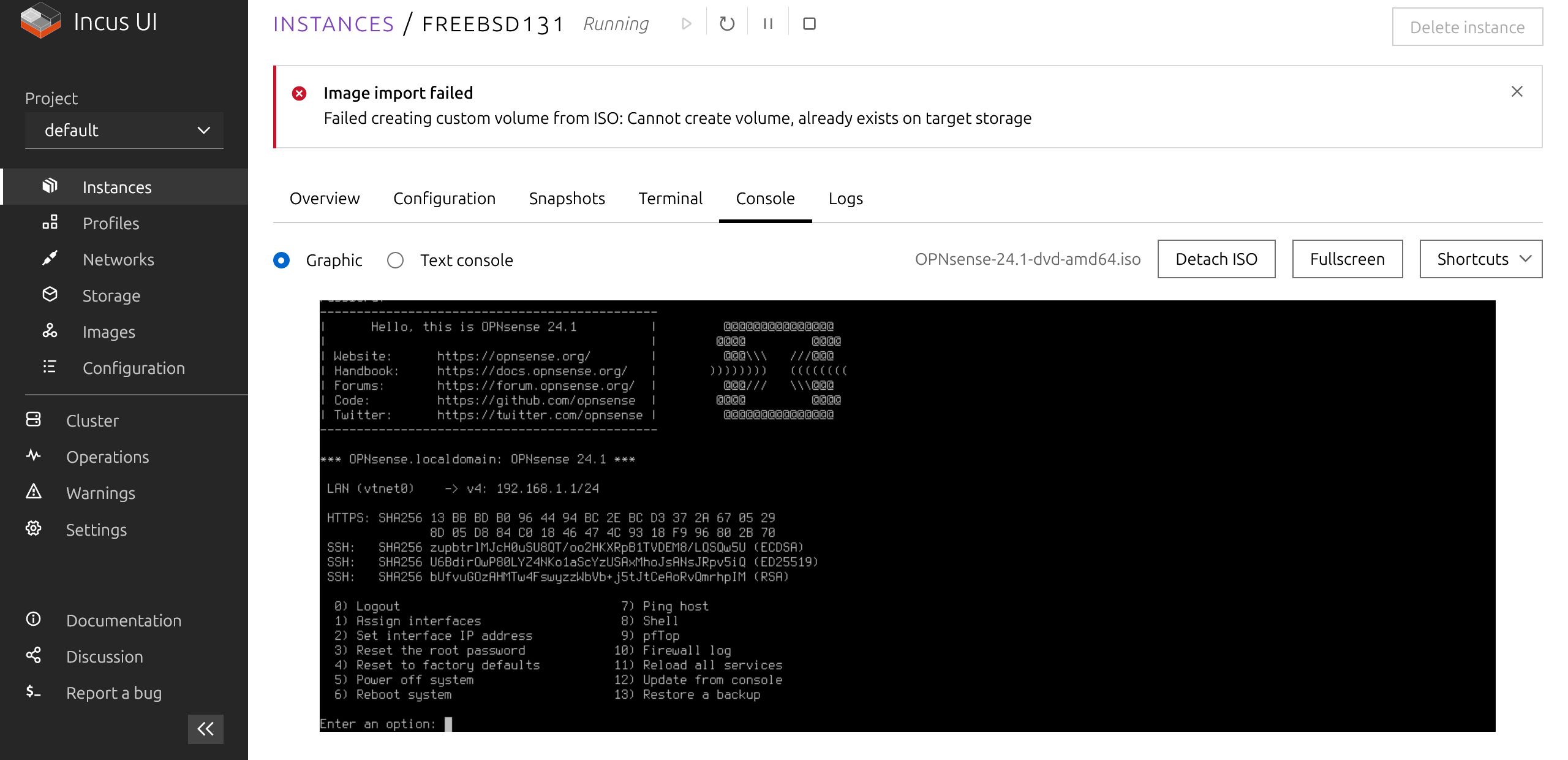Tossing in my vote for Proxmox. I'm running OPNsense as a VM without any issues. I did originally try pfSense, but didn't like it for some reason (I genuinely can't recall what it was).
Either way, Proxmox virtual networking has been relatively easy to learn.
